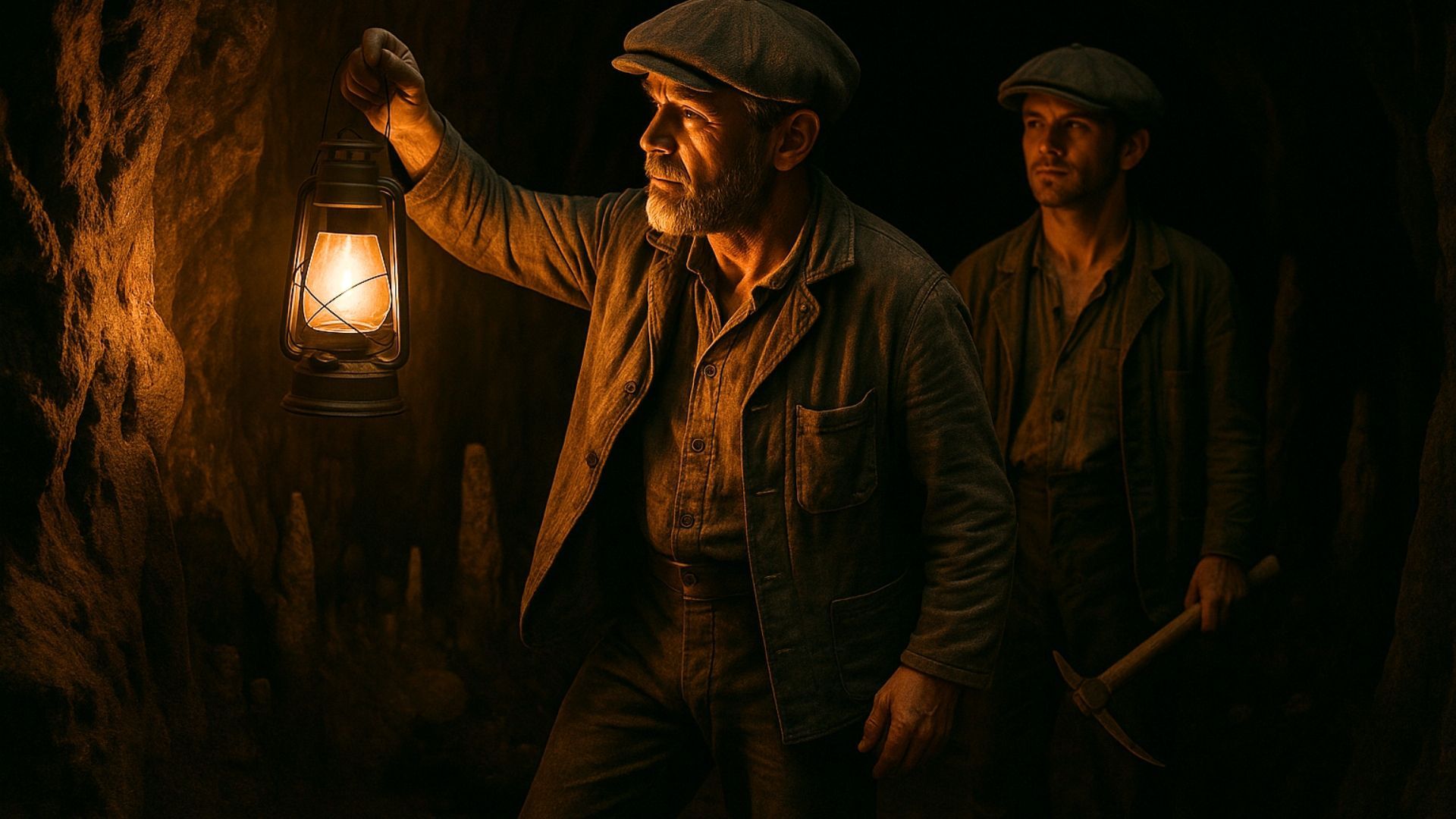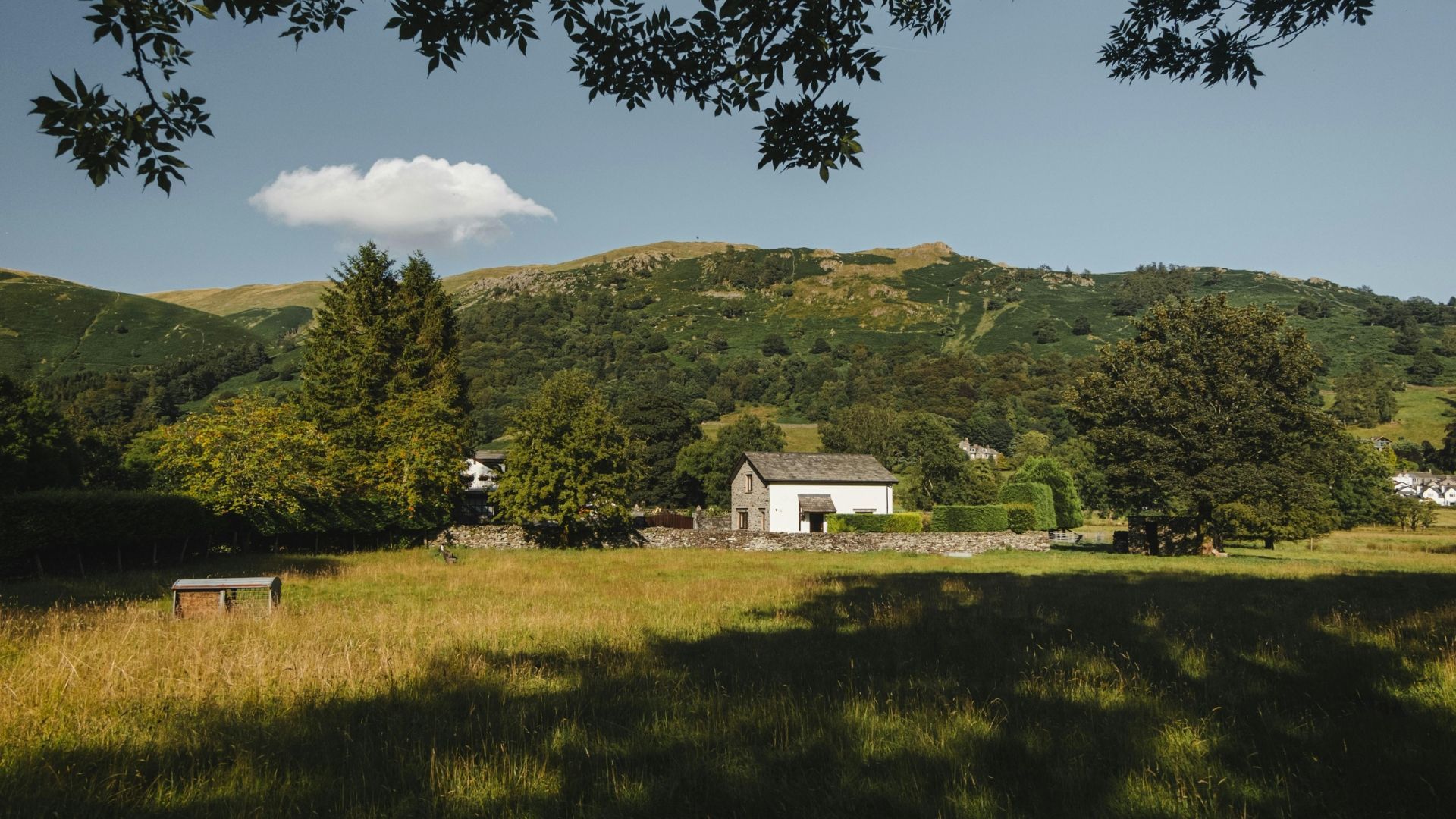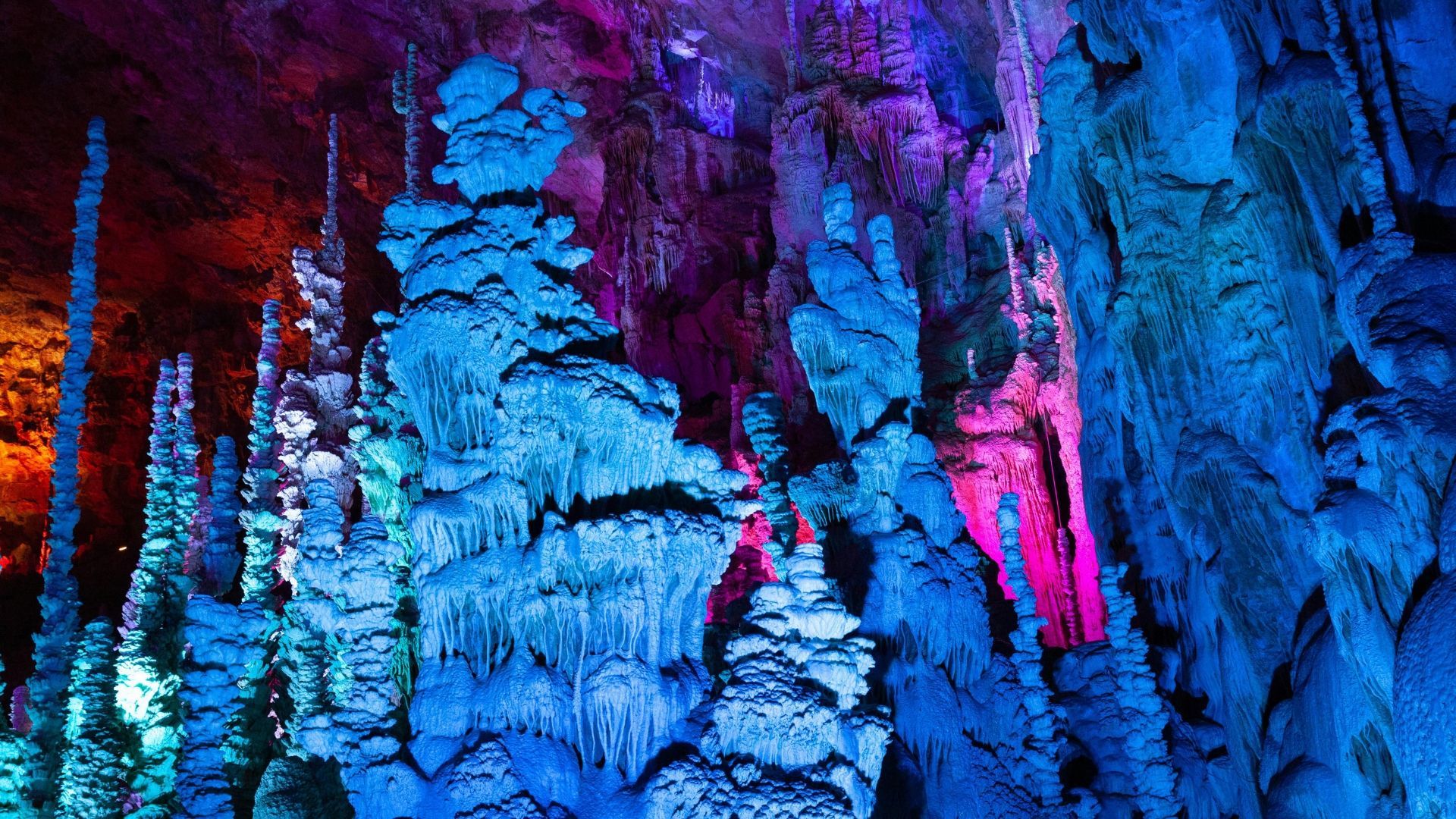Fancy yourself as a spelunker? Discover the world's most unique, unusual and amazing caves and caverns.
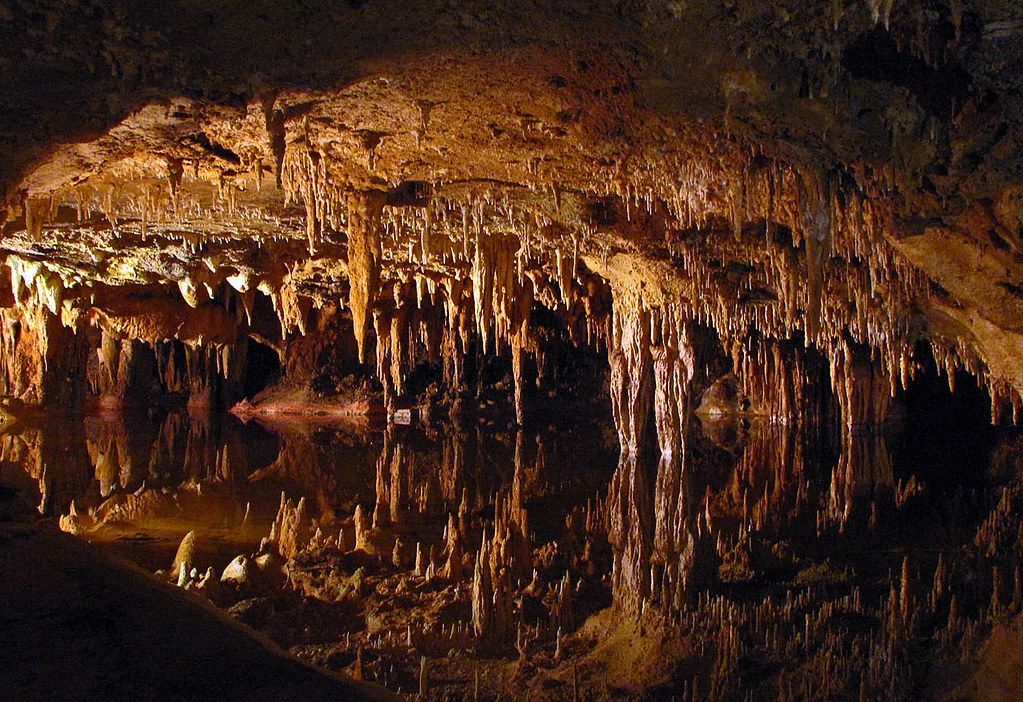
There are many types of cave systems in all sorts of landscapes across the globe. From lofty alpine ice caves to subterranean caverns, caves come in all shapes and sizes – and they've captured the imagination of humans since time immemorial.
Caves form slowly, over millions of years, through various geological processes. How they end up looking depends on the process and the type of rock they're formed in. Limestone, sandstone and even marble cave formations can be equally unique and dramatic.
Read on to find out about some of the most unusual caves in the world.
1. Devetashka Cave, Bulgaria
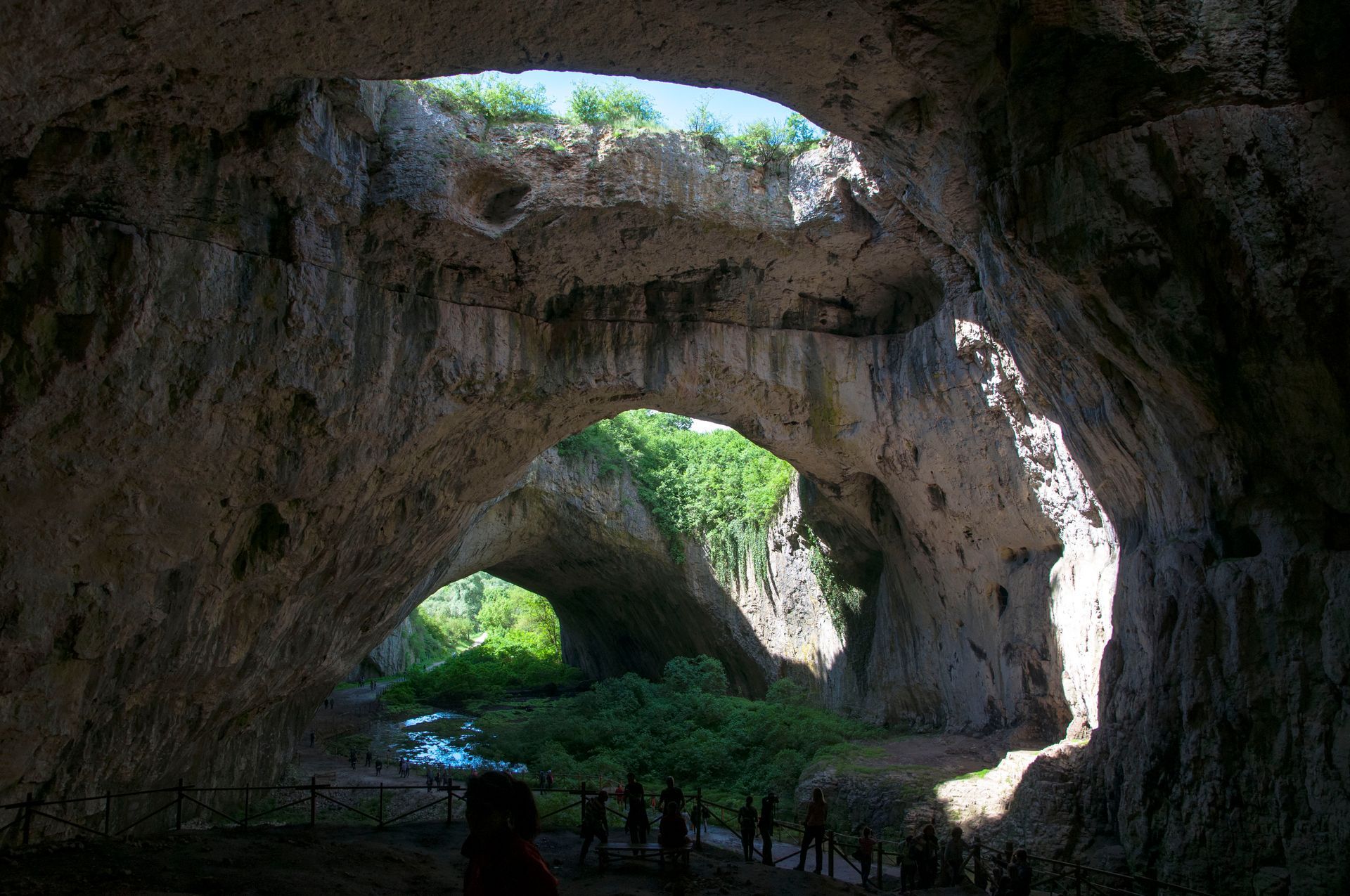
Devetashka Cave is a karst cave: it's part of a landscape dotted with caves formed from carbonate rock such as limestone and dolomite.
Situated in a public park, Devetashka is now a popular tourist destination and one of the biggest caves in Bulgaria. But thousands of years ago, the cave was more than a natural attraction – it was a home.
Yes, Devetashka served as a shelter to palaeolithic humans for centuries. The evidence we've found dates back as far as 70,000 years. An excavation in the 1950s also revealed many Neolithic artefacts, which date from 4,000 to 6,000 thousand years ago.
Today, the cave is home to more than 30,000 bats, along with a host of other reptilian, amphibian and avian inhabitants. That includes crested newts, tortoises, European tree frogs and more than 82 species of bird.
Devetashka's mammalian inhabitants enter their breeding season in June and July, at which point the cave is closed to visitors.
2. Waitomo Glowworm Caves, New Zealand
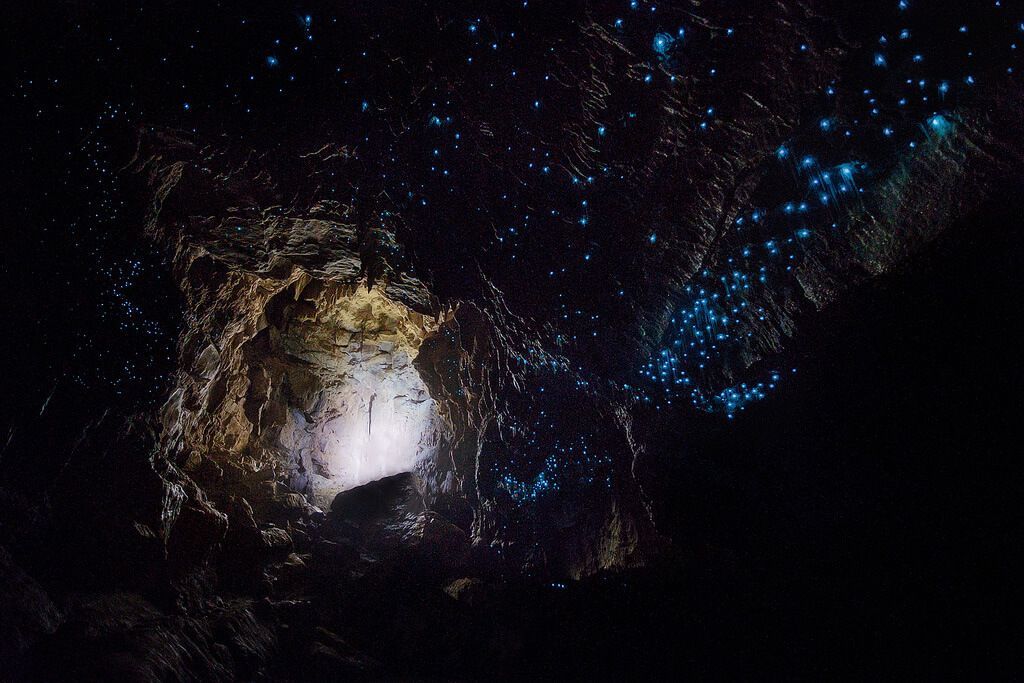
New Zealand is famous for its beautiful and dramatic country scenery. It's a land of soaring mountains and unique flora and fauna – and it even plays host to a Lilliputian Hobbit village.
But did you know about the famous Waitomo Caves? They're home to an astonishing number of glowworms – and many visitors marvel at the natural illuminations every year.
The glowworms certainly look better than they sound. In fact, they aren't worms at all. They're a type of fungus gnat, which produces a striking blue-green bioluminescence in its larval stage.
The ceilings of the Waitomo caves are adorned with these magical insects, producing the effect of a night sky blazing bright with stars.
Fun fact: the Maori word for these glowworms is
titiwai, which means "projected over water".
3. Cenote Ik-Kil, Mexico
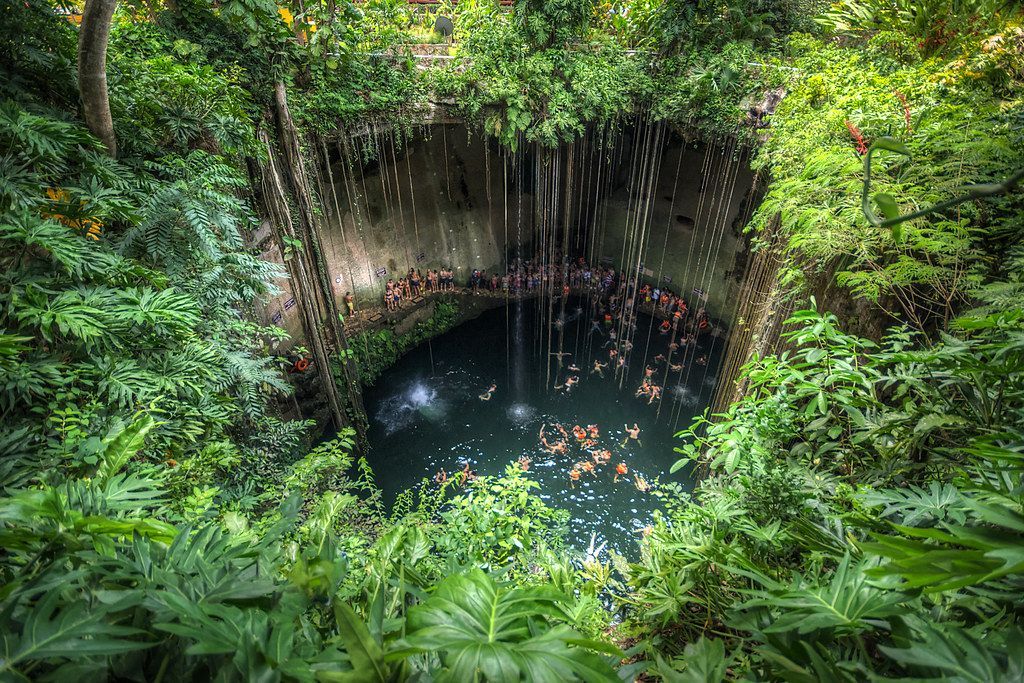
A cenote is an underground cave with water at its bottom. The most famous examples are situated in Mexico – and one of the most breathtaking is Ik-Kil.
Situated near the Mayan ruins of Chichen Itza, Ik-Kil is staggeringly beautiful, with sunlight entering from a roof hole that illuminates the crystal-clear water.
It's 40 feet deep. Do you think you could see to the bottom?
If you could, you might find ancient artefacts.
The Mayans considered the water in Ik-Kil to be sacred and believed the cenote was home to the rain god Chaac. They likely used the cenote for rituals.
Jewellery and bones have been found in the water. Perhaps these are remnants of human sacrifices that were offered to appease the ancient spirit.
4. Marble Caves, Chile
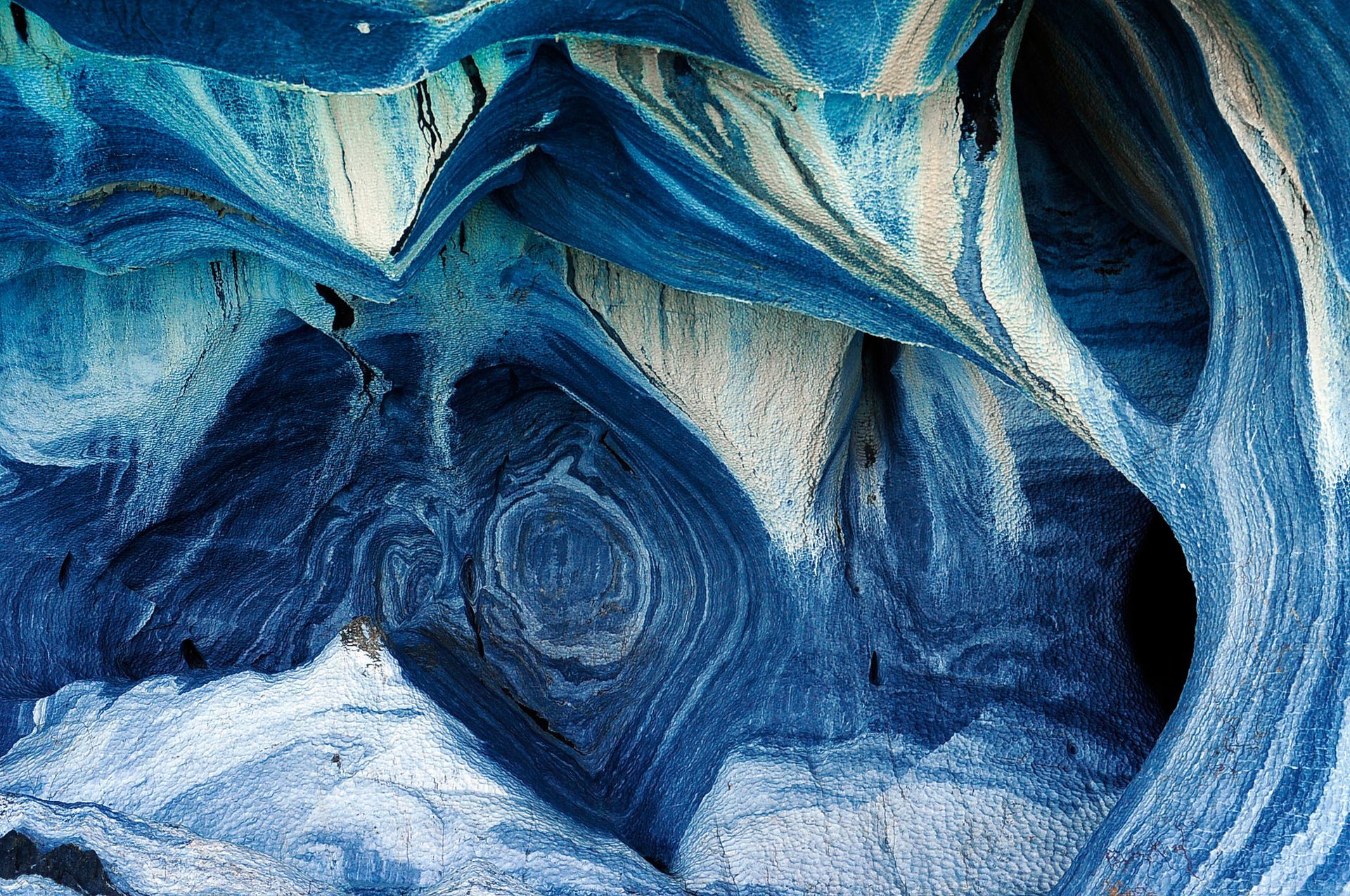
These impressive pure-marble caves are located at Lake General Carrera in Patagonia, which straddles Argentina and Chile. On the Chilean side, lake water has eroded impressive tunnels and caves over the course of 6,200 years.
This has resulted in three imposing marble formations, known as "La Capilla" (The Chapel), "El Catedral" (the Cathedral) and "La Cueva" (the Cave).
The turquoise-blue water reflects off the rock – and it's this breathtaking sight that draws many visitors each year. You can kayak into the caves, providing the weather is fine, and explore the twists and turns of this amazing cave system.
5. Hang Sơn Đoòng
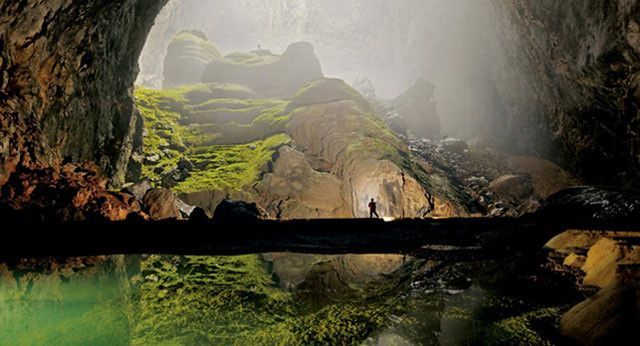
Located in Vietnam, Hang Sơn Đoòng is a solutional cave, formed through the erosion of soluble limestone. It's also the largest known cave passage by volume.
Yes, Hang Sơn Đoòng is colossal. The roof reaches 503 metres at its highest.
It was discovered in the early 1990s by a local man, Ho Khanh, who was an illegal logger looking for agarwood in the area. He stumbled upon the large cave entrance but didn't have any equipment to enter safely.
In 2006, After years of fruitless expeditions, the British Cave Research Association contacted Ho Khanh and asked him to join an expedition, hopeful he could find the cave again.
They discovered other caves in the area, which were named after Ho Khanh and his daughter, but Hang Sơn Đoòng remained elusive. It wasn't until 2009 that an undeterred Ho Khanh hit the jackpot and the British team returned to Vietnam to undergo an excavation.
The cave is a truly magnificent discovery, with its underground jungle, river and animal inhabitants. Monkeys climb down to find snails to snack on in one of the most remote and inaccessible forests in the world.
And what became of Ho Khanh? Well, he turned his back on the illegal logging business and now promotes ecotourism in the area.
Do you want to explore some amazing caves, right here in the UK? Luckily, our incredible underground show caves are totally safe to enter and explore. At Stump Cross Caverns, you can enter the illuminated caverns, step back in time and immerse yourself in ancient history.
You won't find many
historical places to visit in Yorkshire that are as exciting as this. Ready for adventure? It's easy to
book your tickets online.


Stump Cross Caverns
Greenhow Hill
Pateley Bridge
Yorkshire
HG3 5JL
All Rights Reserved | Stump Cross Limited
Crafted with creativity and marketing savvy by My Digital Hero

Stump Cross Caverns
Greenhow Hill
Pateley Bridge
Yorkshire
HG3 5JL
01756 752780
enquiries@stumpcrosscaverns.co.uk
01756 752780
enquiries@stumpcrosscaverns.co.uk
All Rights Reserved | Stump Cross Limited
Stump Cross Caverns
Greenhow Hill
Pateley Bridge
Yorkshire
HG3 5JL
